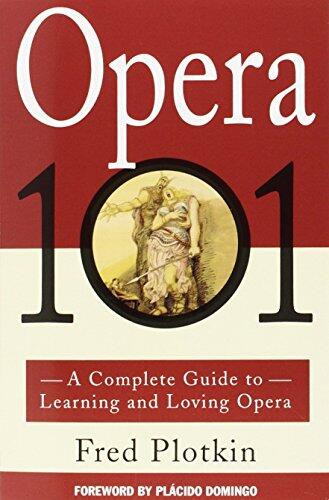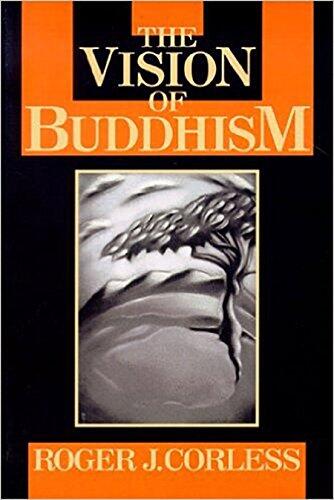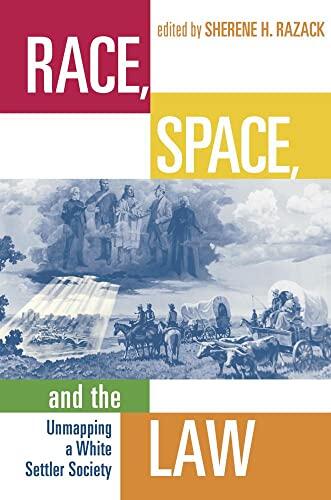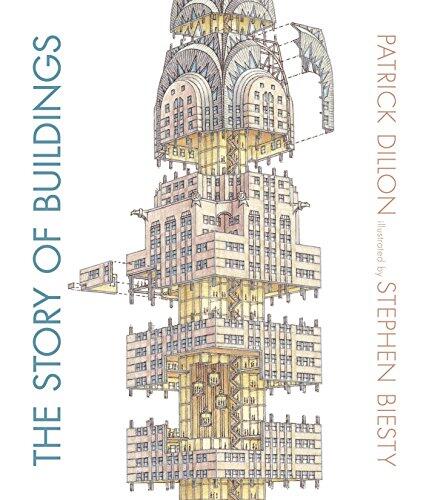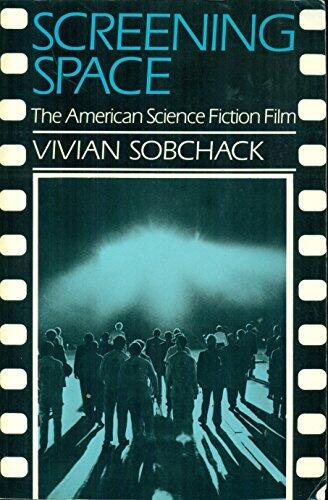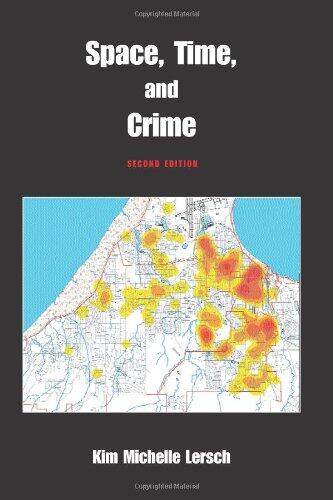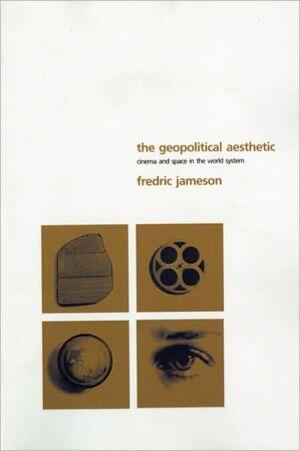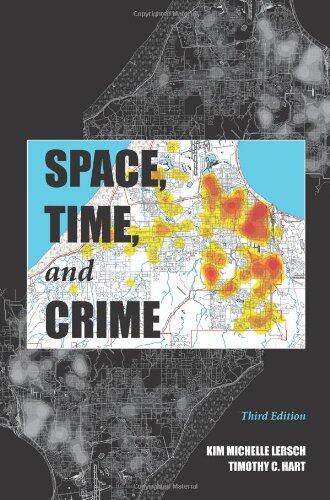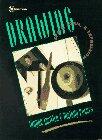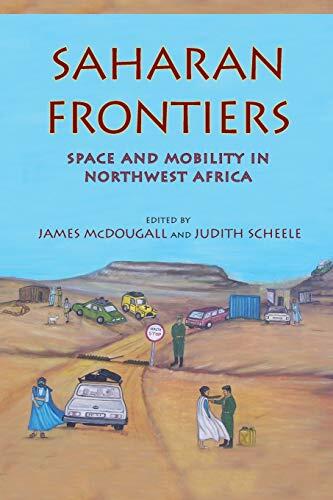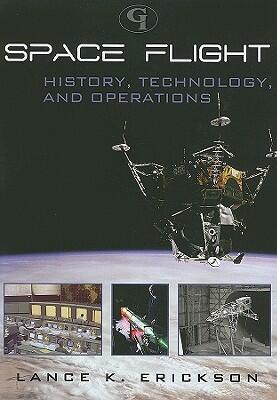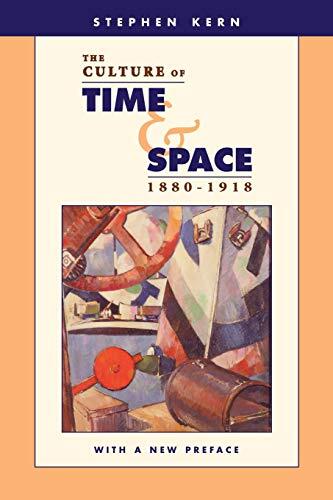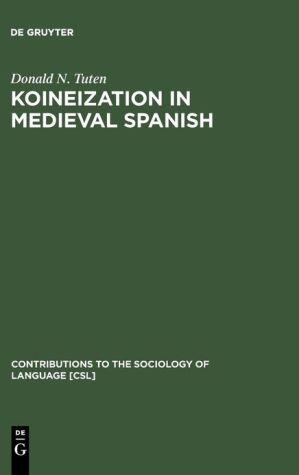
Koineization in Medieval Spanish
No ratings yet
Romance
History
Format
Hardcover
Pages
356
Language
English
Published
Jun 19, 2003
Publisher
Walter de Gruyter
Edition
Reprint 2012 ed.
ISBN-10
3110177447
ISBN-13
9783110177442
Description
In this exploration of medieval Spanish, the author delves into the intricate processes of language change and adaptation. The focus on koineization—the blending of different dialects and languages—highlights the dynamic interactions that shaped the Spanish language during a transformative period in history. Through detailed analysis, the work seeks to uncover the sociolinguistic factors that drive such changes, providing insight into the cultural and social contexts that influenced them.
Tuten draws on a variety of historical sources, linguistic data, and sociological theories to illustrate the complexities of language evolution. He argues that understanding these shifts requires a multi-faceted approach, addressing not just the 'how' but also the 'why' of linguistic change. This framework allows for a richer comprehension of how languages can forge new identities while simultaneously preserving elements of their origins.
The author emphasizes the importance of community interactions and historical circumstances, arguing that these elements play a crucial role in language development. The text sheds light on the often overlooked nuances of medieval Spanish, revealing an intricate tapestry of influence and adaptation. Tuten's rigorous analysis also opens up avenues for further research into the broader implications of language change within sociocultural contexts.
Ultimately, this work contributes to a deeper understanding of sociolinguistics and the historical evolution of Spanish. With its engaging and scholarly approach, it invites readers to appreciate the rich linguistic heritage shaped over centuries by the complex interplay of society and language.
Tuten draws on a variety of historical sources, linguistic data, and sociological theories to illustrate the complexities of language evolution. He argues that understanding these shifts requires a multi-faceted approach, addressing not just the 'how' but also the 'why' of linguistic change. This framework allows for a richer comprehension of how languages can forge new identities while simultaneously preserving elements of their origins.
The author emphasizes the importance of community interactions and historical circumstances, arguing that these elements play a crucial role in language development. The text sheds light on the often overlooked nuances of medieval Spanish, revealing an intricate tapestry of influence and adaptation. Tuten's rigorous analysis also opens up avenues for further research into the broader implications of language change within sociocultural contexts.
Ultimately, this work contributes to a deeper understanding of sociolinguistics and the historical evolution of Spanish. With its engaging and scholarly approach, it invites readers to appreciate the rich linguistic heritage shaped over centuries by the complex interplay of society and language.
Reviews
Reading Log
No reading logs found
Start tracking your reading progress to see logs here
Add Your First Reading LogNotes
Transaction Log
No transaction logs found
Start tracking your book transactions to see logs here
Add Your First Transaction Log